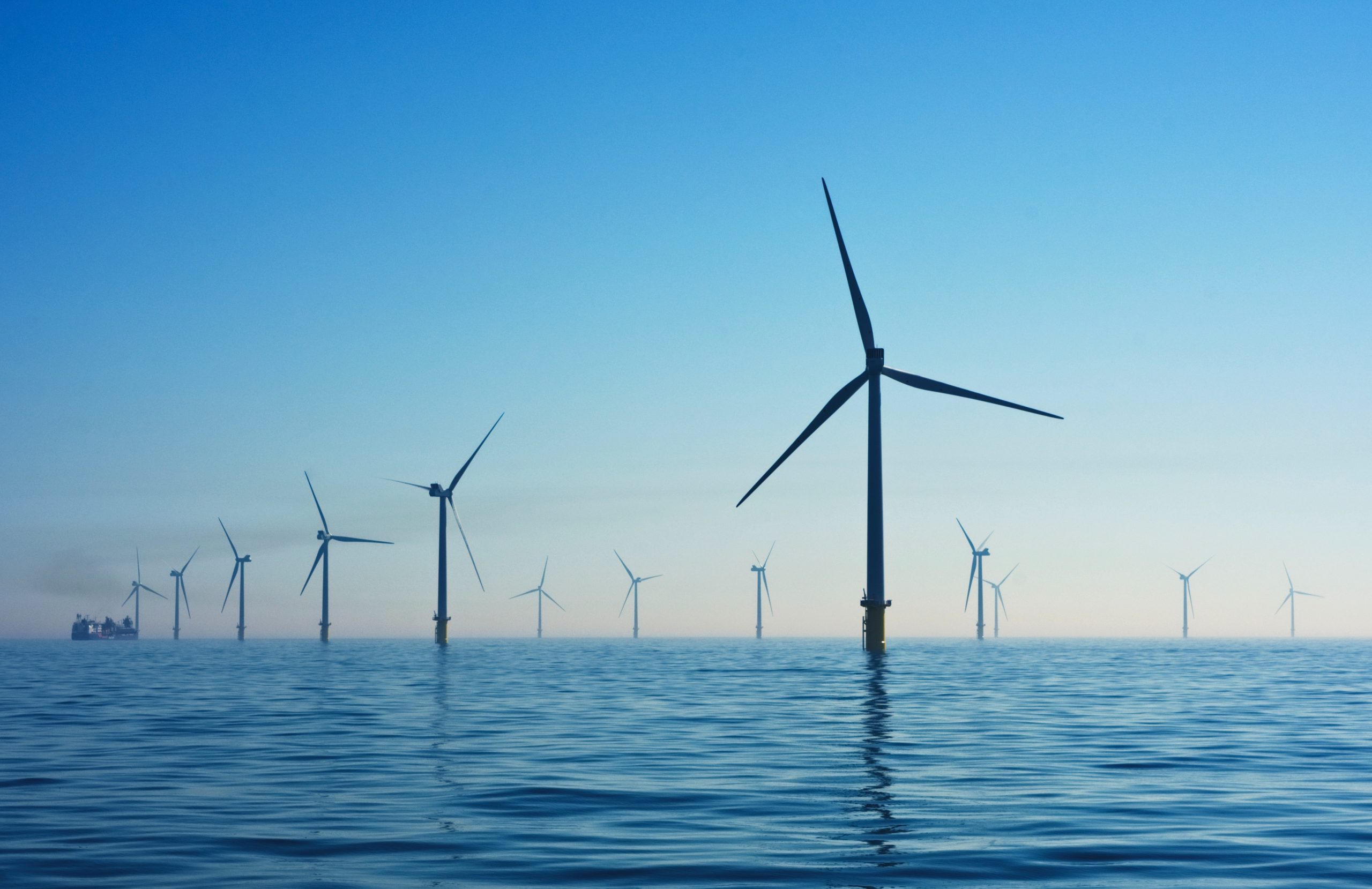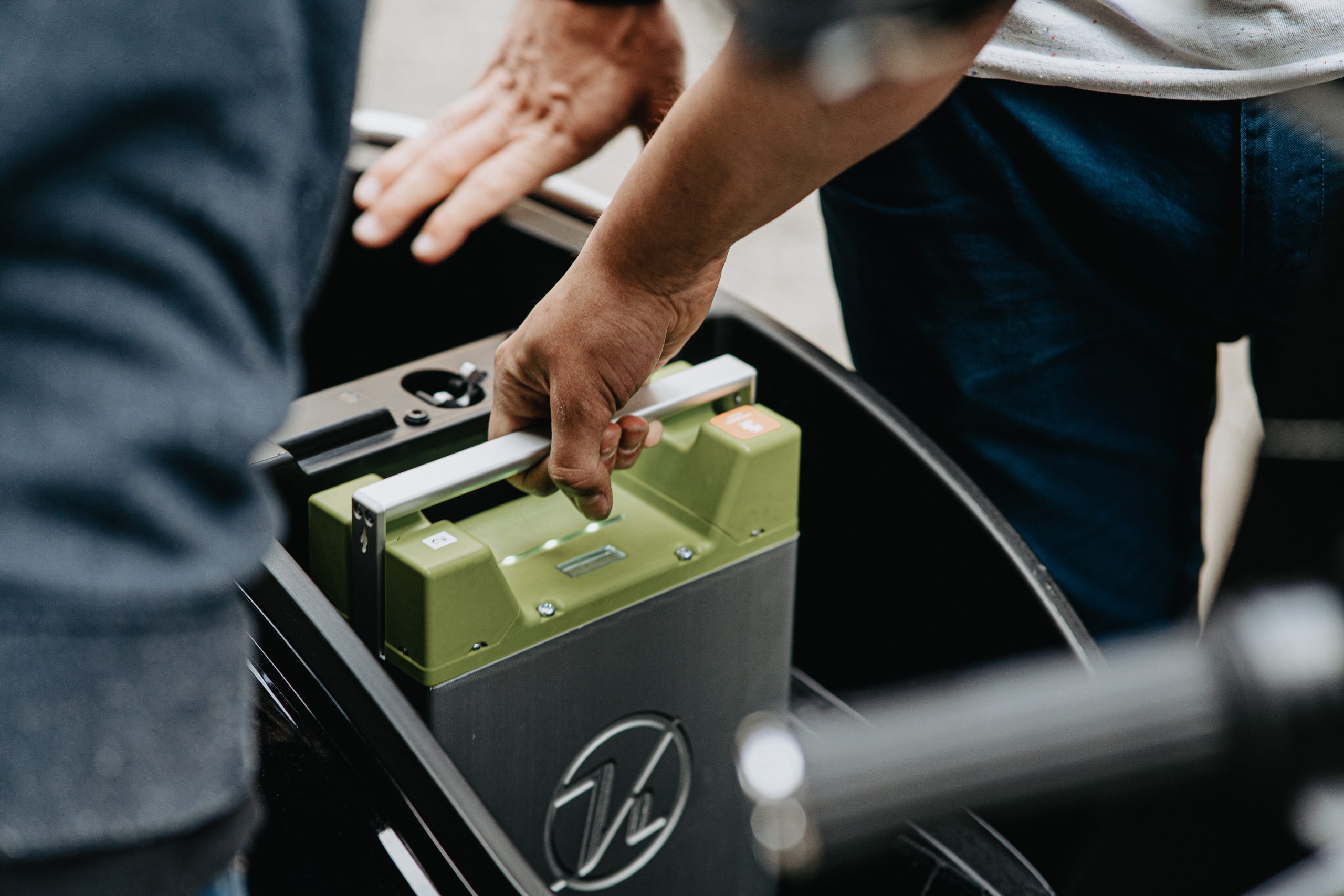E-mobility: regulations drive towards electrification
The agreements within the EU to be climate-neutral by 2050 and to reduce greenhouse gas emissions by 55% by 2030 will lead to a significant role for sustainability and electrification. Many companies are striving for a carbon-neutral work environment, and in this transition, the electrification of vehicles will play a crucial part. By 2035, the EU aims to enforce a 100% emission reduction, resulting in the prohibition of new vehicles with internal combustion engines and even hybrid vehicles. What standards does the EU set for electrification, and what role will VARIODRIVE play in this?
Realizing Electrification in the Netherlands
The Netherlands aims to contribute to economic growth and social progress with minimal impact on the climate. Electrification plays a significant role in this endeavor. To clarify the path towards a sustainable industry in the Netherlands, a roadmap for industrial electrification has been established. This roadmap outlines the most promising route from 2030 to 2050 in detail, including:
- An estimated total energy demand of 80-130 TWh to largely power the Dutch industry with electricity by 2050.
- By 2050, at least 60% of the Dutch industry must be electrified.
- The industry will require 3-4 times more electricity in 2050 compared to its current electricity demand.
- An additional 26-46 GW of offshore wind power is needed to meet the increased electricity demand.
- Until 2030, efforts will be made to develop e-boilers, electric drivetrains, heat pumps, and innovations to achieve the set goals.

What rules does the Netherlands have for Electrification?
The legislation and regulations for electrification in the Netherlands are mainly determined by the government and various authorities, including the European Union. Below, you’ll find important laws and regulations related to electrification in the Netherlands:
- Climate Act – This law was adopted in 2019 with the aim of reducing Dutch greenhouse gas emissions by at least 49% by 2030 compared to 1990.
- Clean Air Agreement – This is an agreement between the government, provinces, and municipalities. Together, these parties strive for a health benefit of at least 50% by 2030 compared to 2016.
- Climate Agreement – This is a agreement between the government and various organizations to reduce greenhouse gas emissions and accelerate the energy transition.
- Environmental Management Act – This law regulates the environmental effects of electrification and imposes energy efficiency requirements on buildings.
- Electric Vehicle Regulation – This regulation provides fiscal benefits and subsidies for the purchase and use of electric vehicles.
- Road Traffic Act – This law regulates the requirements for vehicles on the road, including those for electric vehicles.
- Building Decree – This decree sets energy performance requirements for buildings, including requirements for electrification in buildings.
- Value Added Tax Act – This law establishes tax rules for the supply of electricity and the purchase of electric vehicles.
These are just a few examples of the laws and regulations that apply to sustainability and electrification in the Netherlands. The consequences for users, manufacturers, and suppliers of mobile machinery used in the construction, agriculture, and transportation sectors are significant. One of the primary possibilities for greening mobile machinery is through electrification. Depending on the amount of green energy used, this is a “zero” emission solution. Roadmaps have been or are being developed in various sectors to illustrate the transition trajectory from now to 2030/2050. The purchase price of a “zero” emission mobile machine is currently significantly higher than that of a fossil-fuel-powered machine. To accelerate and promote sustainability, subsidy schemes exist for acquiring or converting mobile machinery. VARIODRIVE closely collaborates with its customers on sustainable innovations and applications that bridge the gap in theoretical and practical knowledge, making electrification more economically viable.
What role does VARIODRIVE play in electrification?
VARIODRIVE focuses its activities in the field of e-mobility on the electrification of both existing applications and new mobile machinery. This includes AGV/AMR applications, electrification of vehicles such as excavators, loaders, cranes, buses, and the replacement of internal combustion engines in existing applications with efficient and sustainable electric drivetrains.
For instance, VARIODRIVE, in collaboration with Parker, has developed new products to lead in the emerging market of mobile electrification. They work together, for instance, on electrifying vehicles on construction sites by replacing diesel engines with electric motors. This reduces exhaust emissions, noise, and energy consumption. Developments in e-mobility are rapidly advancing, and VARIODRIVE puts these into practice for its clients on a daily basis.

In addition, there are many opportunities for companies in the field of electrification. Various subsidies are being provided, with the most well-known probably being those for electric vehicles and charging stations. However, there is also significant attention towards expanding electric public transportation and developing smart electricity networks. We expect that incentive measures for the industry will also be introduced. Companies that prepare for this now are in a position to directly benefit from these opportunities.
Interested in learning more about our vision on electrification and e-mobility? Contact us via (phone) or (email) for an introductory discussion. Through compelling examples and case studies, we’ll tell you all about the possibilities.
Policy Goals of Industrial Electrification
The shift towards exclusive electric applications has significant implications for various aspects of industrial business operations. Electrification is a crucial part of the transition towards a sustainable and climate-neutral society in the Netherlands. The main goals for electrification in the Netherlands are:
- Reduction of greenhouse gas emissions: Electrification plays a key role in reducing greenhouse gas emissions. Electric cars, buses, trains, and electrically-powered ships can replace fossil fuels, thus lowering CO2 emissions.
Reduction of air pollution: Electric vehicles produce no exhaust emissions, which reduces air pollution in urban areas. - Reduction of noise pollution: Electric vehicles are quieter than those with internal combustion engines. This can lessen noise pollution in urban regions.
- Energy conservation: Electrification can contribute to energy savings. Electric heating systems and heat pumps are more efficient than gas-based heating systems. This can lead to lower energy bills and reduced dependence on fossil fuels.
- Enhancement of energy security: Electrification can improve energy security. Electricity can be locally generated from renewable sources such as solar and wind energy, decreasing reliance on foreign fossil fuels.
However, there are also negative consequences of electrification in the Netherlands:
- Increased electricity demand: Electrification can result in higher electricity demand, potentially straining the electricity grid and necessitating additional capacity.
- Higher costs: Electric vehicles and devices generally have higher upfront costs compared to fossil fuel-based vehicles. This can lead to higher expenses for consumers and businesses.
- Resource availability issues: The production of batteries for electric vehicles and devices requires resources like lithium and cobalt. Shortages of these resources may arise.
- Possible impact on the electricity grid: The rise in electric consumption might overload the electricity grid, leading to disruptions and reduced network reliability.
To achieve these goals, various initiatives are being undertaken in the Netherlands, such as subsidies for electric vehicles and charging stations, the expansion of electric public transportation, and the development of smart electricity networks.
